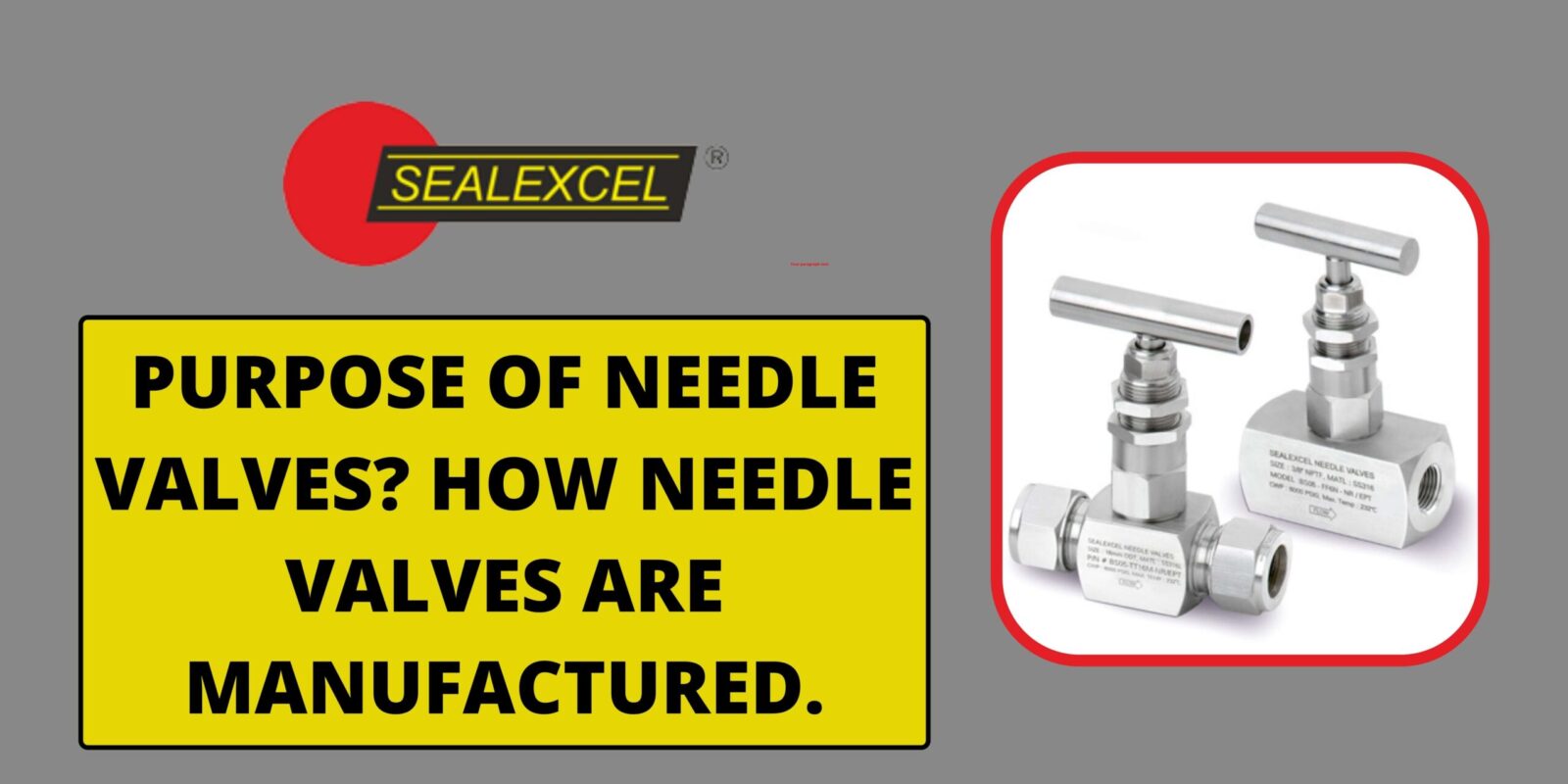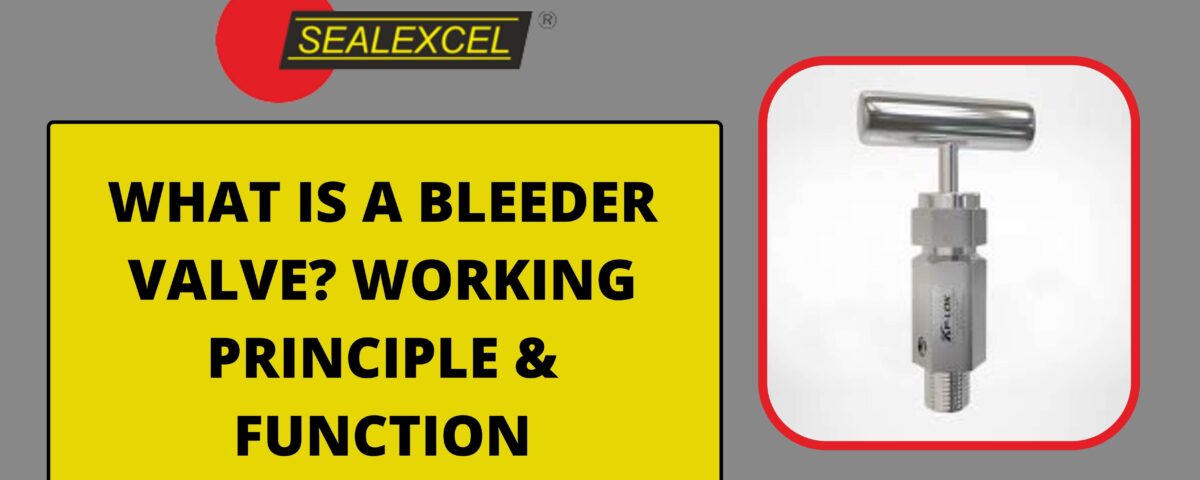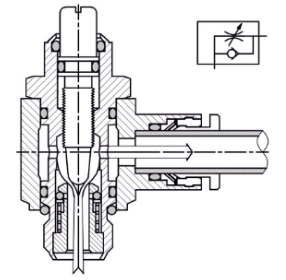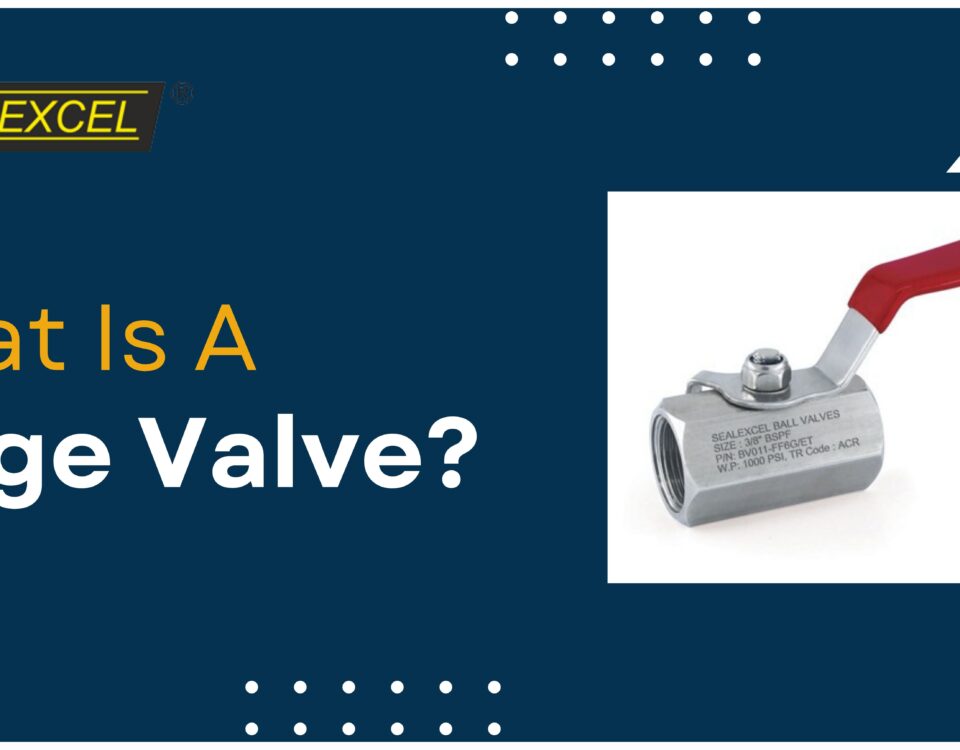
Purpose of Needle Valves? How Needle Valves Are Manufactured.
October 6, 2022
Why Should You Choose A Peek Valve Seat?
November 1, 2022A bleeder valve is a type of valve that allows the release of pressure within a system. It can be used to release excess pressure when there are no other options for removing pressure, such as when you have no way to drain your radiator or coolant from your engine. Its name comes from its similarity to a bleeder and a device used to bleed air out of an automobile’s hydraulic brake systems. To work correctly, a bleed valve function has an opening and a closing mechanism. The opening mechanism is what allows the bleeder valve to open and close; this will vary based on the specific type of bleeder valve that you are using, but it typically consists of a handle with several different positions (such as open and closed) or a simple lever that swings between open and closed.
What is the Working Principle in Bleeder Valve?
The working principle of a bleeder valve is quite simple. It consists of a hole (it can be round or square) that goes through the valve body, and this hole leads into a pipe that usually goes straight to the outdoors.
When the pressure inside the tank reaches its maximum point, which can be due to many factors, this will cause some noise, but this should not be mistaken for any damage to your machine.
Functions of a Bleeder Valve
1. Provides safe pressure relief
When your car’s bleeder valve kicks on, the pressure in the system above the valve is released. The excess pressure is siphoned through the valve and into the atmosphere, leaving your car’s interior cooler than before. However, this pressure relief system is designed to prevent the pressure inside your car from getting too high. If you have a high mileage vehicle, likely, the pressure is already low enough to where the bleeder has to work harder to keep the air and water from mixing. But even in the best-case scenario, letting the air pressure inside your car get too high is still unsafe. That’s why there’s a bleeder valve at the top of your engine, keeping the air pressure inside your vehicle lower than the boost pressure from your car’s engine or the atmospheric pressure outside your vehicle.
2. Relieves residual pressure
After the vacuum created by the leak has been eliminated, the excess pressure from the original high boost pressure inside your car is rereleased. This pressure is normal again, pushing out the exhaust manifold or your car’s tailpipe. This pressure difference is known as pressure relief, which keeps your car’s air filter from getting full of dirt and grit. Remember that this pressure relief isn’t good for your engine, so you should check it regularly and maintain it properly.
3. Isolates equipment for service or maintenance
After the pressure has been released, your car’s engine needs to be carefully monitored. The pressure in your car’s engine is relatively high, and it’s likely to increase very slightly as the car drives away from the car repair garage. That increase in pressure may reach dangerous levels if your engine’s bleeder valve is the source of the high pressure. It’s best to isolate your engine’s bleeder valve for service or maintenance. This will prevent you from becoming exposed to the possible dangers of high engine pressure when doing maintenance or repairs on your car.
4. Prevents dangerous overpressure conditions
While knowing how to clean a bleeder valve properly is good, troubleshooting and fixing a stuck one is even better. If you have a high mileage car with a frequently used bleeder valve, you may be experiencing dangerous overpressure conditions, often referred to as “bleeding Holden.” The situation is made worse if the engine is over 40,000 miles. This is a prime example of why you need to know how to troubleshoot and fix a stuck bleed valve.
Conclusion
Your car’s intercooler system is the heart of your vehicle. It helps your engine stay fuel-efficient and cools your interior temperatures. If the intercooler gets too hot, the water in the intercooler evaporates, leaving your car’s engine and external cooler simultaneously but with a vacuum in the system. This can cause the bleeder valve for this intercooler to stick and leak coolant at an alarming rate. To fix this problem, you must know how to troubleshoot and properly clean a bleeder valve.



